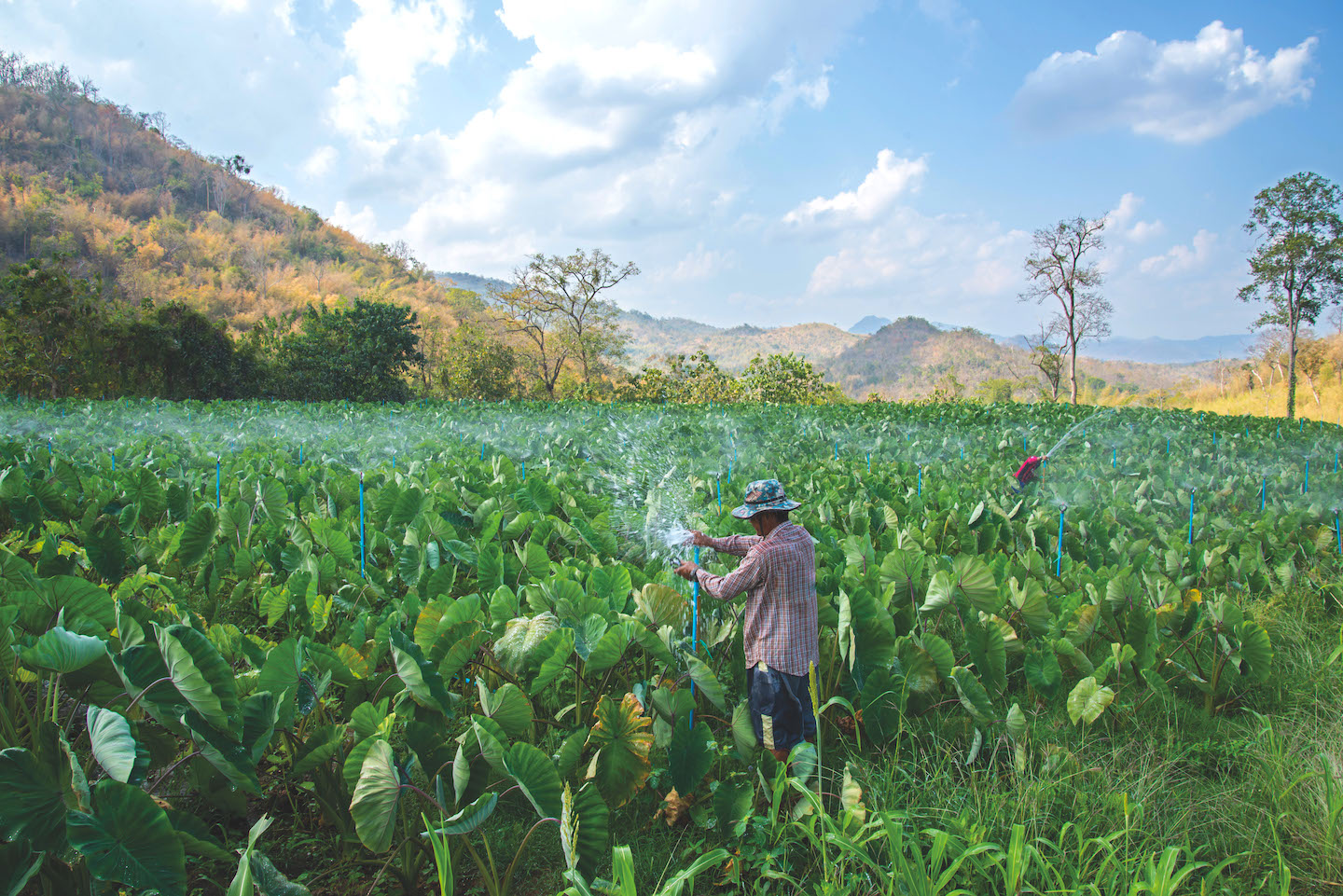
The seed for Kahana Cultural Living is located on the Hawaiian island of Oahu (Photo: Kahana Cultural Living)
It had to take a pandemic to rouse mankind from his selfish slumber, to jolt him with the realisation that we have lived at odds with the planet for far too long. Life as we know it is changing before our very eyes and the basic truth — that we are all connected — is hitting home harder than ever. An ever-growing mountain of evidence points to an urgent need to change the way we live and consume. In this light, we focus on two individuals who made the change earlier. Their stories might be set a world apart — one on a farm in Hawaii that pays tribute to its ancestral way of life, the other, a holistic retreat in Australia that champions the sustainable way of life, albeit with a distinct Bhutanese element — but they are also beautifully and intrinsically tied together by the way they choose to honour the earth.
KAHANA CULTURAL LIVING
The seed for Kahana Cultural Living, located on the Hawaiian island of Oahu, might have been sown in a time of sadness but for Kyle “Kaue” Nahoi, one of its co-founders, bitterness has since given way to sweetness and peace. “I lost my father in 2015, soon followed by my 21-year-old son in June 2017. I was invited to come farm here after losing another farm in an adjoining valley in Punaluu, where I had opened a taro patch through remediation in 2013 until soon after my son died,” he says frankly. “The landlord wanted rent for the land I had remediated from bush into a working, producing taro patch and so, in anger, I pulled out every taro plant I had planted and potted them at home. It was on my 46th birthday, in October 2018, that Daniel Kaniala Anthony, my partner, saved my life by inviting me to come to Kahana.”
An organic, multicultural and multigenerational cultural living park, which includes the Samleialoha Memorial Farm and Kahana Cultural Living, it is in Nahoi’s own words, “just two dads farming … two fathers farming in reverence. Kahana in Hawaiian means ‘the work’. Daniel and I have known each other since 2005. We became friends through native Hawaiian art and then from poi-pounding together. (Poi is an iconic Hawaiian food staple made from the fermented root of the taro plant, which is baked before being pounded into a paste.)
“We raised our children together and solidified our friendship in 2008, when we were protesting the genetic modification of taro. When Daniel invited me to Kahana, I came, still grieving, and on pure trust and faith. That was when we began opening and clearing what is now Kahana Cultural Living and we have been trying to bring awareness and restoration of farm systems ever since. Our goal is to live in a food secure system, similar to our Hawaiian ancestors.”
---
For the full story, pick up a copy of The Edge Malaysia (May 11, 2020) at your nearest news stand. Save by subscribing to us for your print and/or digital copy.


